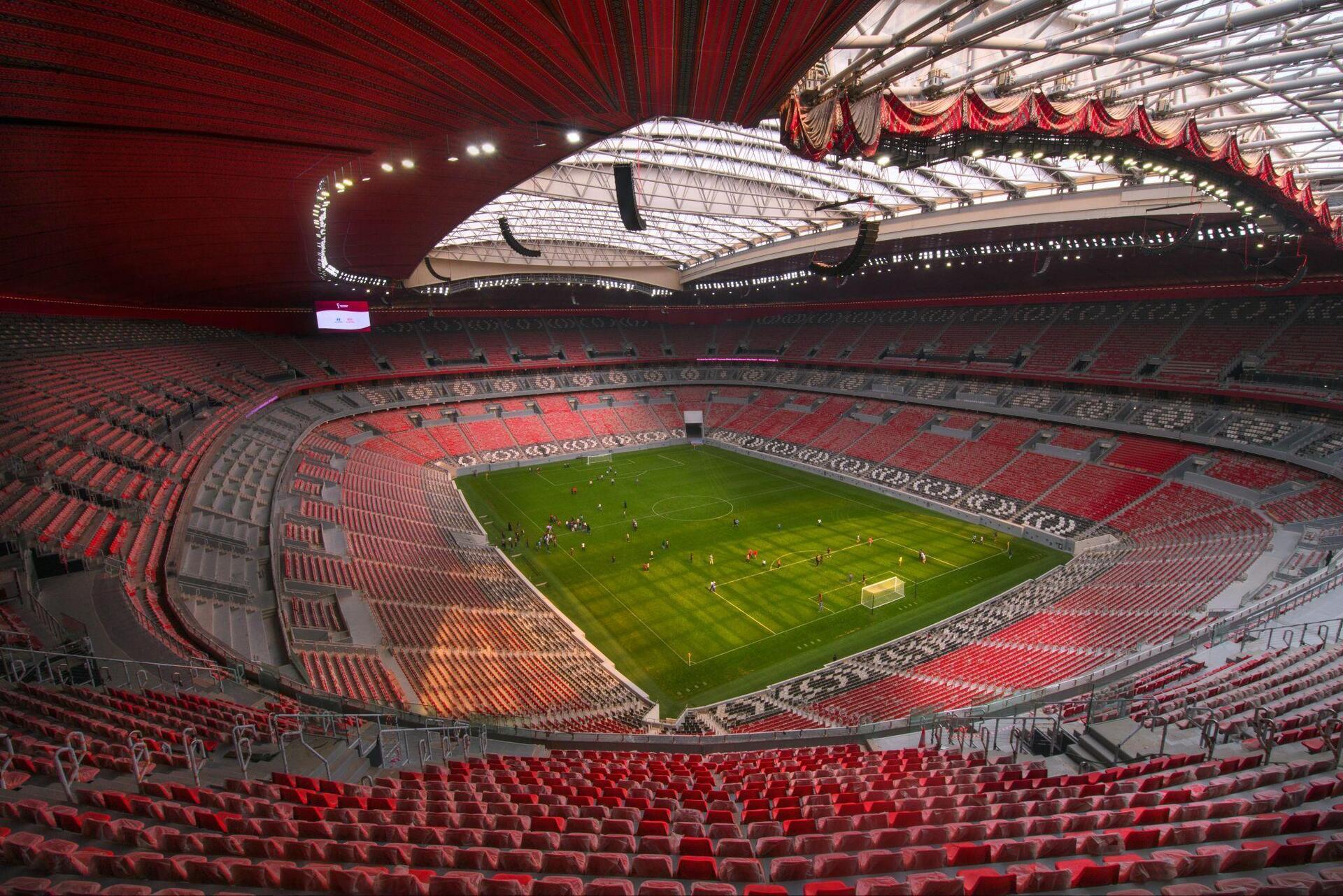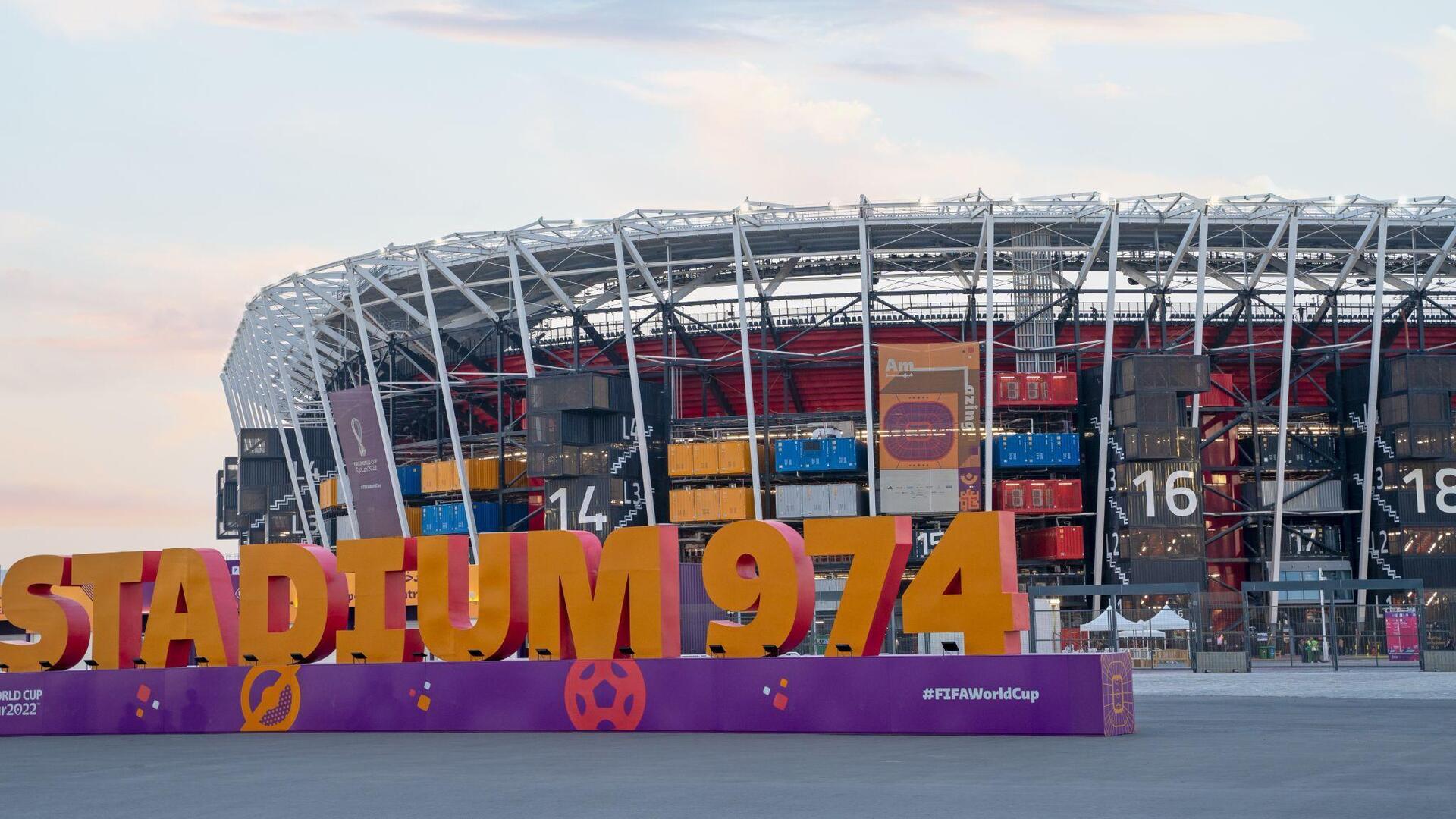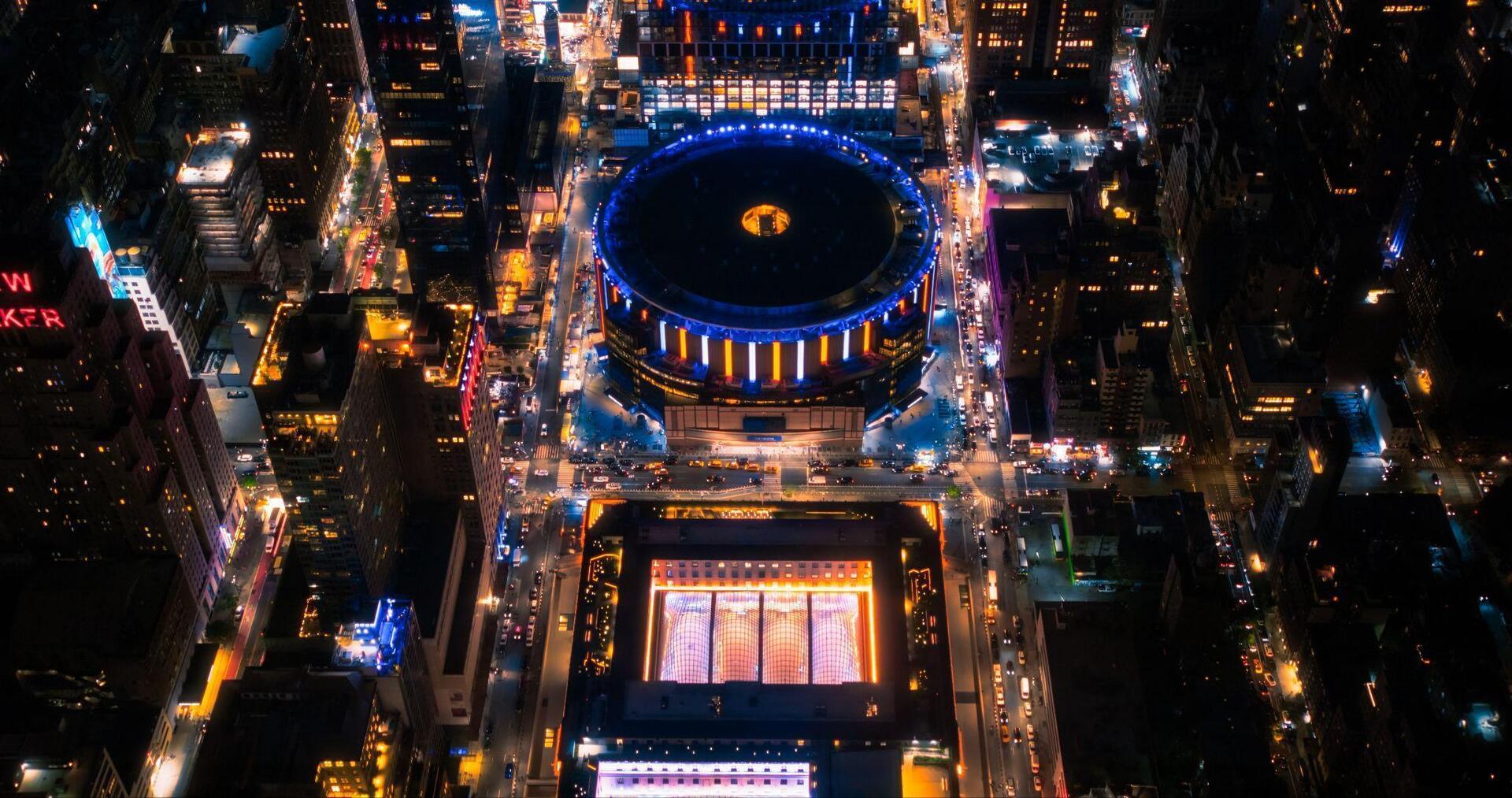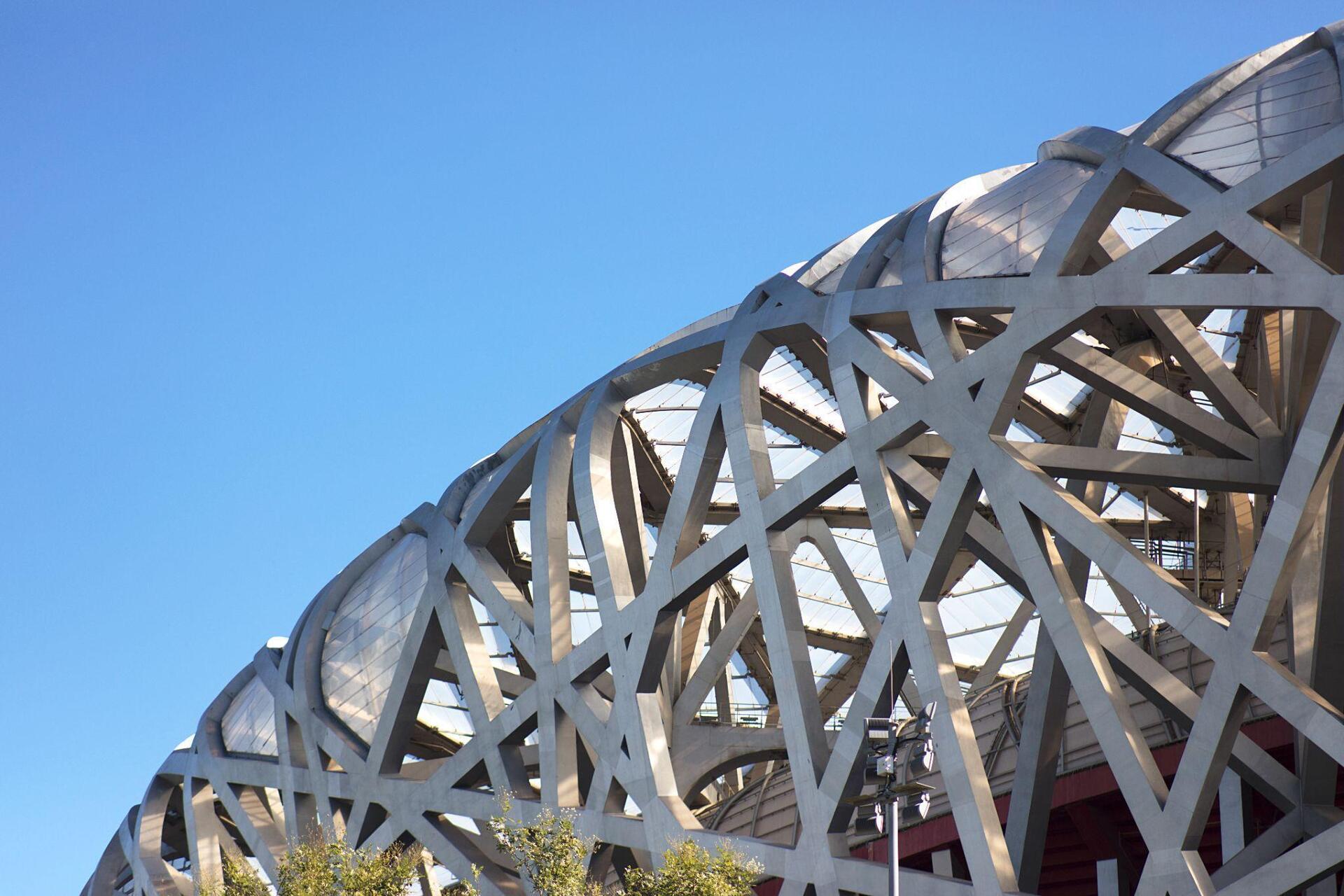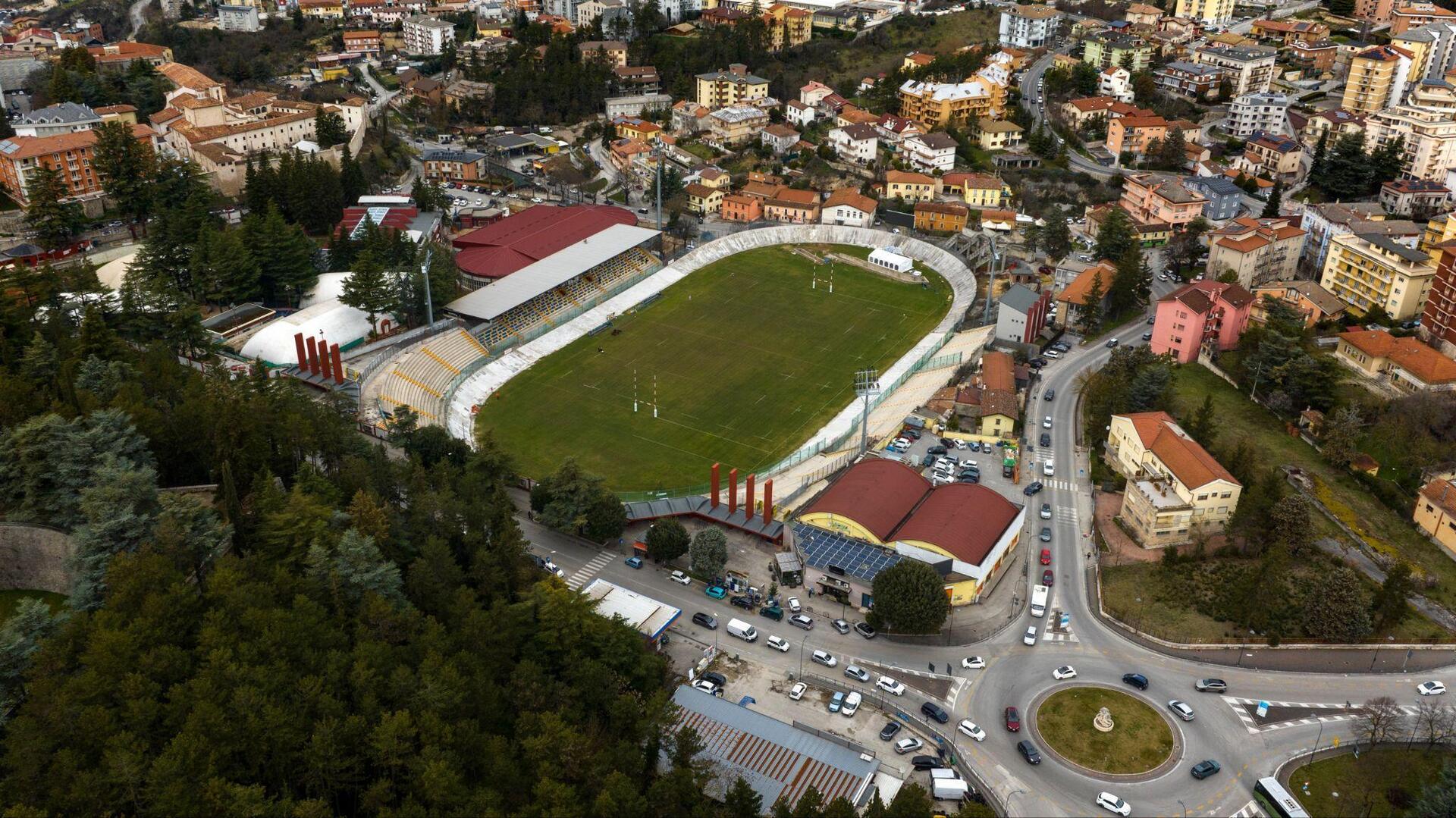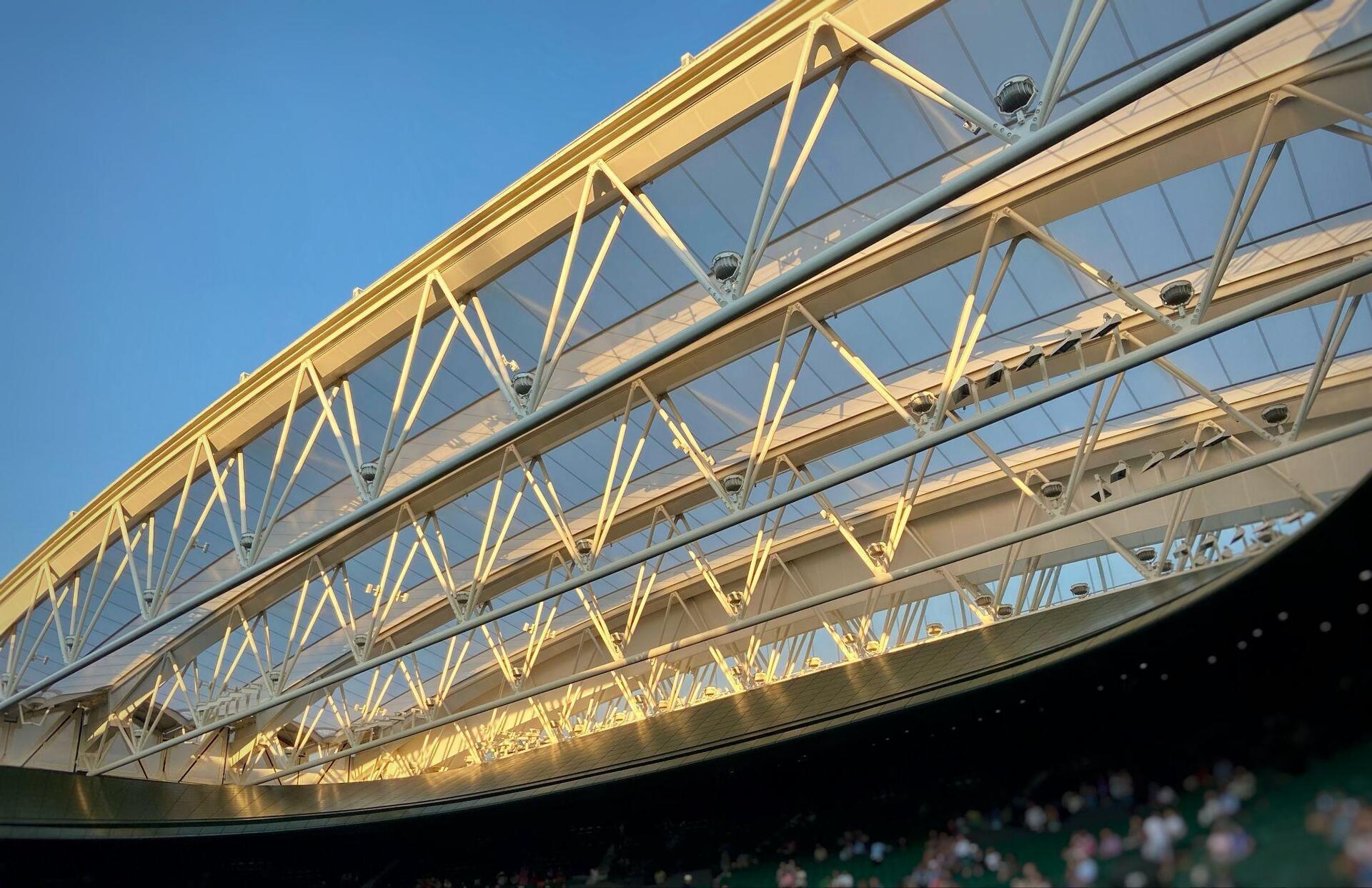When we think of a stadium, football is usually the first thing that comes to mind. However, not all of the world’s most famous sports facilities are celebrated for a game-winning goal or a breathtaking final.
Some have made history for completely different reasons. Here are six surprising examples of innovation, culture, and social and environmental sustainability.
1. Al Bayt Stadium – Qatar: An Example of Social and Environmental Sustainability
Built by the Webuild Group for the 2022 World Cup, this 60,000-seat stadium stands out for its design inspired by traditional Bedouin tents, reflecting the nomadic heritage of the Gulf region.
What really sets it apart, though, is its modular structure: the upper tier can be completely dismantled and moved to developing countries, where it can serve as a foundation for new sports complexes. It’s a real-world example of social and environmental sustainability.
2. Stadium 974 – Doha, Qatar: The Stadium Born from Used Shipping Containers
Another 2022 World Cup venue built with the same modular concept, but taken even further.
Stadium 974 is made from 974 recycled shipping containers—hence the name and a nod to Qatar’s international dialing code.
It has no air conditioning, relying instead on its seaside location and carefully designed natural ventilation. It’s a masterpiece of circular engineering, designed to be disassembled and reused after the tournament.
3. Madison Square Garden – New York, USA: The World’s Most Famous Arena
More than just a stadium, Madison Square Garden is a living legend.
Located in the heart of Manhattan, the New York stadium has hosted historic events ranging from Muhammad Ali boxing matches to concerts by Madonna, the Rolling Stones, Led Zeppelin, Beyoncé, and many more. Its fame is such that it’s often called “the world’s most famous arena”.
4. Beijing National Stadium – Beijing, China: 2008 Beijing Olympics Symbol
Known as the “Bird’s Nest Stadium,” this stadium was designed by Herzog & de Meuron in collaboration with artist Ai Weiwei and became an iconic symbol of the 2008 Beijing Olympics.
Its striking steel lattice structure makes it one of the most recognizable sports facilities globally. Today, it hosts cultural events, concerts, and athletics, symbolizing China’s blend of innovation and culture in the modern era.
5. Tommaso Fattori Stadium– L’Aquila, Italy: The Heart of Italian Rugby
Opened in 1933 and built by Webuild, the Tommaso Fattori Stadium is a cornerstone of Italian rugby.
Located in the heart of L’Aquila, it has witnessed both sporting triumphs and hardships, especially after the 2009 earthquake. Today, it stands as a symbol of resilience and passion—a city’s determination to keep fighting and believe in sport as a force for renewal. It’s one of the few Italian stadiums primarily known for rugby.
6. Centre Court – Wimbledon, UK: Tennis Sanctuary
More than just a tennis court, Wimbledon Centre Court is a sporting sanctuary.
It’s the beating heart of the world’s most prestigious tennis tournament—a place where legends are made and history is written.
With its retractable roof and immaculately maintained grass surface, it’s the perfect blend of tradition and modern innovation.


